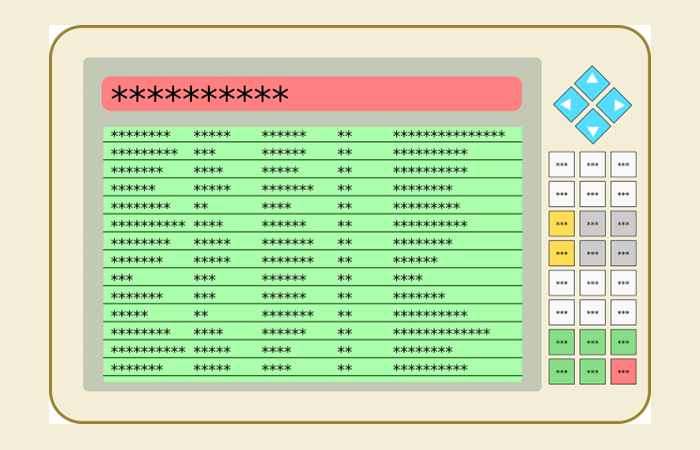Inventory management is vital to successfully running any product-based business. You might make sales consistently, but if you do not keep proper accounts and track your inventory, you might lose money in the long run.
Key performance indexes are essential in managing your inventory. Knowing which inventory management KPIs to prioritize could be the lifeline of your business. We will examine eight KPIs that cut across different aspects of inventory management, including sales, storage, and operations.
Table of Contents
Eight key KPIs for successful Inventory Management in 2024
1. Inventory Turnover Rate
This is also known as inventory turnover ratio or inventory return, and it is one of the handiest KPIs for inventory management. It monitors the rate at which a store sells and replaces its stock within a specified period, usually a year. The formula for calculating this KPI is Inventory turnover ratio = Cost of goods sold/Average inventory value.
The inventory turnover rate is a valuable indicator of the efficiency of your inventory management process. A higher turnover means your process is efficient. Maintaining your average inventory value and not lowering it to achieve a higher turnover rate is good practice.
2. Inventory Carrying Cost

This is also known as Holding Cost, which refers to the percentage of a company’s value that goes to maintaining its inventory. What is the total cost of inventory? You must include stock-keeping unit (SKU number), storage location and accompanying costs, cost of capital, transportation, and more; this is key to finding your inventory carrying cost. The formula: Inventory carrying costs = [(inventory service costs + inventory risk costs + capital cost + storage cost) / total inventory value] x 100.
Keep this typically between 15% and 20% so you do not make losses.
3. Accuracy of Forecast Demand
This is also known as Demand forecast accuracy. This KPI helps you match your predicted demand for your stock to actual demand. The formula for calculating this KPI is Accuracy of Forecast Demand = [(actual/real demand—predicted demand) ÷ actual/real demand] x 100.
This KPI is essential as it helps you accurately determine the demand for your product. The difference between your prediction and actual demand shows how accurately you can gauge the market. Good ERPs come with a demand forecast feature.
4. Sell Through Ratio
This KPI shows the percentage of your inventory sold over time. The formula for calculating it is Sell-through rate = (Number of units sold ÷ Number of units received) x 100.
A high sell-through rate showcases your ability to satisfy your customers’s demands. This KPI also identifies which products sell faster in your inventory.
5. Customer order cycle time
One of the major concerns of businesses is the time it takes to satisfy a customer or client, and this is essentially what this KPI measures: how long from making an order it takes to fulfill that order. There are four steps to consider in a customer order cycle, they are:
- Order receipt and processing
- Confirming the order and receiving payment
- Fulfilling the order
- Making the delivery
The unit for calculating this KPI is in days, but this can change depending on certain factors, i.e., a day delivery.
Its formula is Customer order cycle time = actual delivery date – order date.
You can use this KPI to check how efficient your supply chain really is.
6. Average Inventory
Let’s take a look at the formula for calculating average inventory first before we delve into what it means: Average inventory = (beginning inventory + ending inventory) / 2. Basically, average inventory refers to the number of goods you have in stock at a given time.
Why is this KPI vital for your inventory management? Simple, you can better monitor spikes or sudden drops in your stock if you know your average inventory, helping you better serve customers at all times.
7. Stock-Outs
If you frequently have to put an ‘Out of stock’ notice on certain goods in your store, then this is one KPI you should track better. Stock-outs monitor how frequently you run out of stocks. The formula for this KPI is Stock-outs = (# items out of stock / # items shipped) x 100.
If you want to keep your customers, it’s very important to know what products run out of stock quickly and optimize your supply chain to prevent this.
8. Inventory shrinkage
Inventory shrinkage is the quantity of goods a business should have on hand that it cannot reasonably justify its absence. The business advertises these items for sale but either lacks the inventory or cannot sell them. Usually, shrinkage comes from miscounts, fraud, theft, or damage.
This is the formula for inventory shrinkage: Inventory shrinkage = ending inventory value – physically counted inventory value.

